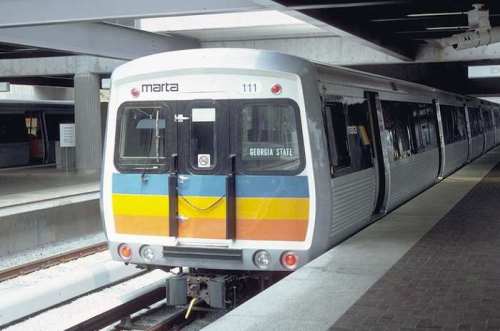 Much is being made of a rail line connection to Emory; presumably this will be a light-rail line from Lindbergh Station which will follow the CSX tracks to the Emory campus. I even suggested as much a while back, but the prevailing thought at that time was that a heavy rail line should be built along that same route. The old metric for a heavy rail line was $400 million per mile unless there was extraordinary construction such as hard rock tunneling. I’m sure that it is more expensive now.
Much is being made of a rail line connection to Emory; presumably this will be a light-rail line from Lindbergh Station which will follow the CSX tracks to the Emory campus. I even suggested as much a while back, but the prevailing thought at that time was that a heavy rail line should be built along that same route. The old metric for a heavy rail line was $400 million per mile unless there was extraordinary construction such as hard rock tunneling. I’m sure that it is more expensive now.
However, there is another alternative that while costing the same, may actually serve more people than just Emory. In its original design for the heavy rail system, several branches were incorporated into the design that allowed for future expansion. At the time of original construction of the heavy rail lines, structures were placed at several locations. These structures typically were short tunnels which “went nowhere”. There are several. One is just north of Arts Center station for expansion to the NW. There is another, an underpass just south of the East Point station for a line to Hapeville.
One is actually being used. Just west of the Ashby Station, there is a line that goes all of one mile up to Bankhead Station as the Green Line. This was originally the “Perry Homes Line”, and a portion of it actually got built after lots of local political pressure so that “people living in Perry Homes could get to their jobs”. Of course, the irony is that Perry Homes no longer exists and is a statement to the fact that heavy-rail construction takes a lot of time in addition to costing a lot of money. So, for the moment, the Green Line is an operational anomaly, serving one unique station and duplicating the balance of its route on the Blue Line.
Right now, the Green Line runs through downtown, terminating at Edgewood Candler Park station. It then switches over to a center track passing siding, allowing Blue Line trains to pass by. The operator walks to the other end of the train and the Green Line train then proceeds westward to Bankhead. However, just a bit east from Candler Park station, the other end of the passing siding there is an expansion point where the Green Line train could go into a short tunnel, passing under the CSX Railroad. Like so many other MARTA heavy rail rights of way, the Green Line would then be parallel to the CSX tracks which lead to Tucker and beyond.
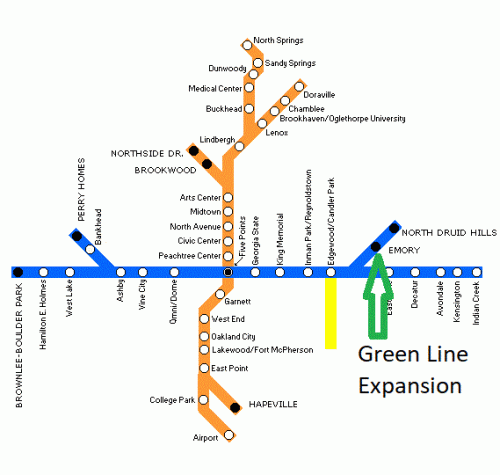
So, the Green Line, which is currently underutilized, could be expanded up to the Emory area by following the CSX tracks northward. By doing so, at least two DeKalb County neighborhoods would have MARTA stations, which could also include the Veteran’s Administration Hospital on Clairmont Road. After passing under North Decatur Road, the MARTA Green Line would then turn westward, again following the CSX right of way, connecting the main campus of Emory University, Emory Hospital and the CDC facility on Clifton Road. Emory already has circulator buses in the general vicinity, and perhaps a light rail circulator line could serve not only Emory but also CDC and relieve a bad traffic situation.
Will it get built? I’ve given up trying to predict this sort of stuff. Should it be built? Maybe.
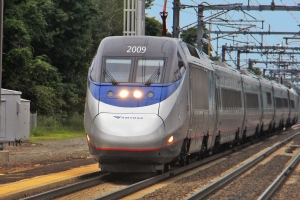



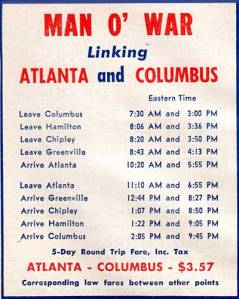
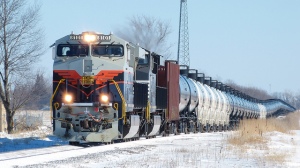



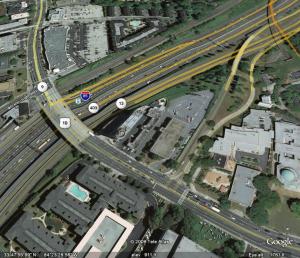

You must be logged in to post a comment.